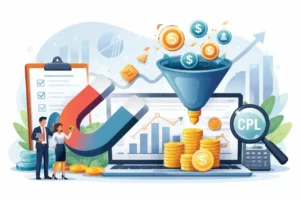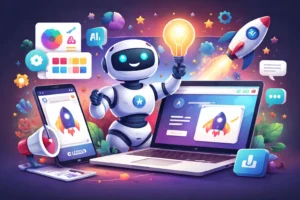By 2025, the world’s oceans are under more pressure than ever. Overfishing, bycatch, and climate change have pushed marine ecosystems to a breaking point. According to the Food and Agriculture Organization (FAO), over 35% of global fish stocks are now being fished unsustainably, a 200% increase since 1974.
In response, a new wave of eco-conscious innovation is reshaping the fishing industry. From AI-powered nets to biodegradable gear, sustainable seafood technology is not just a trend; it’s a necessity for ocean health and future food security.
Why Sustainable Fishing Technology Matters in 2025
Global Marine Crisis and the Push for Reform
By 2025, the world’s oceans are under more pressure than ever. Overfishing, bycatch, and climate change have pushed marine ecosystems to a breaking point. According to the Food and Agriculture Organization (FAO), over 35% of global fish stocks are now being fished unsustainably, a 200% increase since 1974.
In response, a new wave of eco-conscious innovation is reshaping the fishing industry. From AI-powered nets to biodegradable gear, sustainable seafood technology is not just a trend; it’s a necessity for ocean health and future food security.
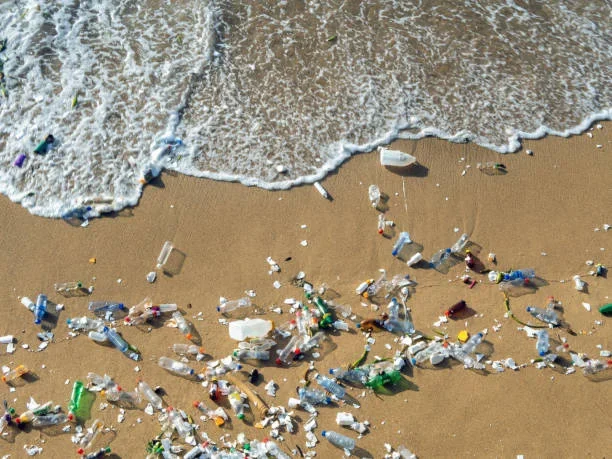
UN Goals and Global Regulation
Sustainable Development Goal 14 (“Life Below Water”) urges nations to conserve and sustainably use ocean resources. In 2025, many countries are aligning their fishing industries with international agreements like the Port State Measures Agreement (PSMA) and Marine Stewardship Council (MSC) certifications.
Technological innovation is now at the heart of reducing environmental harm, protecting livelihoods, and ensuring long-term ocean balance.
Top Sustainable Fishing Technologies in 2025
AI-Powered Bycatch Reduction Systems
Bycatch, the accidental capture of non-target species, accounts for over 40% of global marine catch.
Today’s smart fishing nets are equipped with machine learning algorithms and underwater cameras to detect and identify species in real time. Technologies like Pisces from NOAA and Smart Tuna Escape Nets in Australia allow fishermen to release juvenile or endangered species before hauling in the catch.
Real-time AI processing onboard vessels not only improves sustainability but also increases target yield by up to 30%
Blockchain for Seafood Traceability
Trust in the seafood supply chain is critical. Blockchain technology now provides end-to-end visibility, from ocean to plate.
Platforms like IBM Food Trust and Provenance are helping companies and consumers verify sustainable sourcing, legal harvests, and ethical labor. In 2025, over 20% of global seafood exports are tracked with blockchain, improving transparency and reducing frau
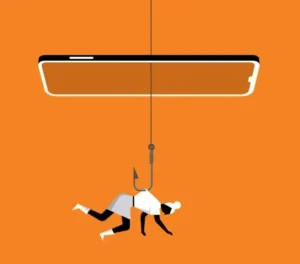
Precision Fishing with Satellite and Sonar Tech
Rather than trawling vast areas blindly, modern vessels use high-resolution sonar, satellite imagery, and GPS tracking to locate abundant fish populations, minimizing habitat destruction and fuel consumption.
Technological innovation is now at the heart of reducing environmental harm, protecting livelihoods, and ensuring long-term ocean balance.
Biodegradable Fishing Gear
Discarded fishing nets (ghost gear) make up 46% of the Great Pacific Garbage Patch. Enter biodegradable nets, ropes, and lines, made from materials like PHA (polyhydroxyalkanoate) and natural fibers.
In South Korea and Chile, government-subsidized programs are distributing compostable gear that breaks down within 24 months, reducing plastic pollution and ghost fishing deaths of marine life like turtles and dolphins.

Aquaculture Automation and Monitoring Systems
Aquaculture now supplies over 50% of global seafood consumption. To ensure sustainability, farms are using IoT devices and AI monitoring to manage water quality, feeding schedules, and fish health.
Companies like eFishery (Indonesia) and Aquabyte (Norway) have introduced automated feeders, oxygen sensors, and waste filtration systems, increasing yields by up to 40% while reducing environmental impact.
Electric and Hybrid Fishing Vessels
Diesel-powered boats are a major contributor to CO₂ emissions. Now, countries like Norway, the U.S., and China are investing in electric and hybrid fishing vessels, slashing emissions and fuel costs.
The Karoline, launched in Norway, is the world’s first fully electric fishing boat. It reduces CO₂ emissions by 50 tons per year compared to diesel boats.
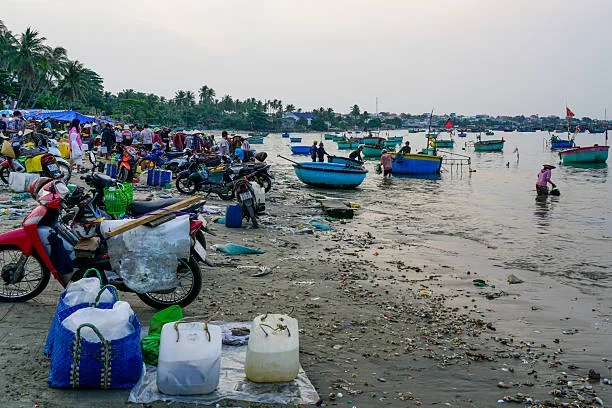
Case Studies of Sustainable Tech in Action
- Norway: Over 60% of fisheries use AI-driven tools to minimize bycatch, and its salmon farms lead the world in automated aquaculture.
- Japan: The government is funding blockchain traceability for tuna fleets in response to declining bluefin stocks.
- Alaska, USA: Alaska’s fisheries have adopted satellite and sonar tech to target sustainable pollock populations, ensuring MSC certification remains intact.
Challenges and Barriers to Adoption
While promising, these innovations face obstacles:
- High costs: Biodegradable gear and AI systems are often unaffordable for small-scale fishers in developing nations.
- Lack of training: Many communities lack the technical skills to operate complex systems.
- Policy lag: Without supportive regulation and subsidies, adoption remains slow.
Bridging the tech divide requires global cooperation, funding, and capacity-building.
The Future of Eco-Friendly Fishing Technology
The next decade promises deeper integration of:
- AI + robotics for autonomous fishing.
- Eco-certifications embedded in seafood apps for consumers.
- Real-time ocean health dashboards powered by satellites and open data.
Startups, nonprofits, and governments will play a crucial role in scaling solutions, especially for the 200 million+ people who rely on small-scale fishing for their livelihood.
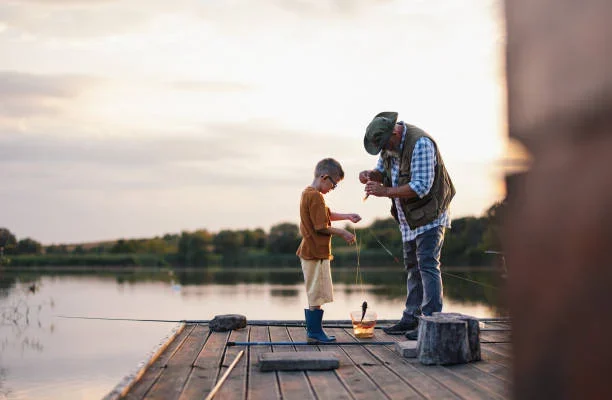
Conclusion
Sustainable fishing technologies in 2025 are more than environmental tools, they’re lifelines for marine ecosystems and future generations.
With continued innovation, strong policy support, and consumer accountability, the seafood industry can evolve from a major ocean threat to a pillar of marine conservation.
By choosing responsibly sourced seafood and supporting climate-conscious innovation, we all become part of the solution.







